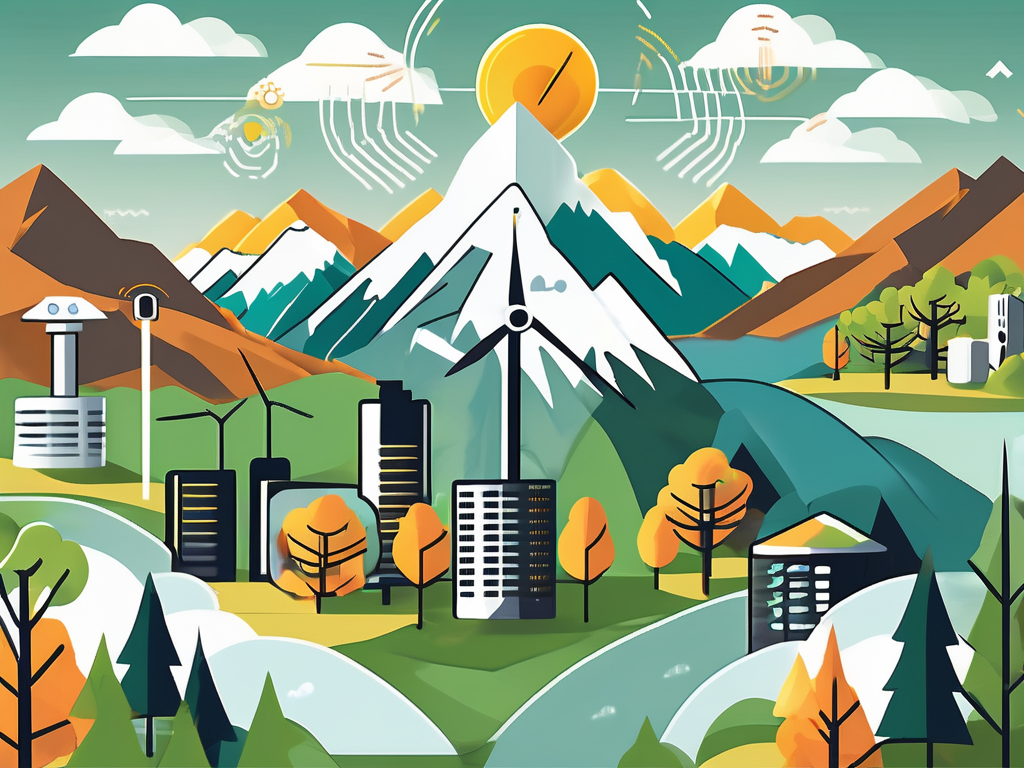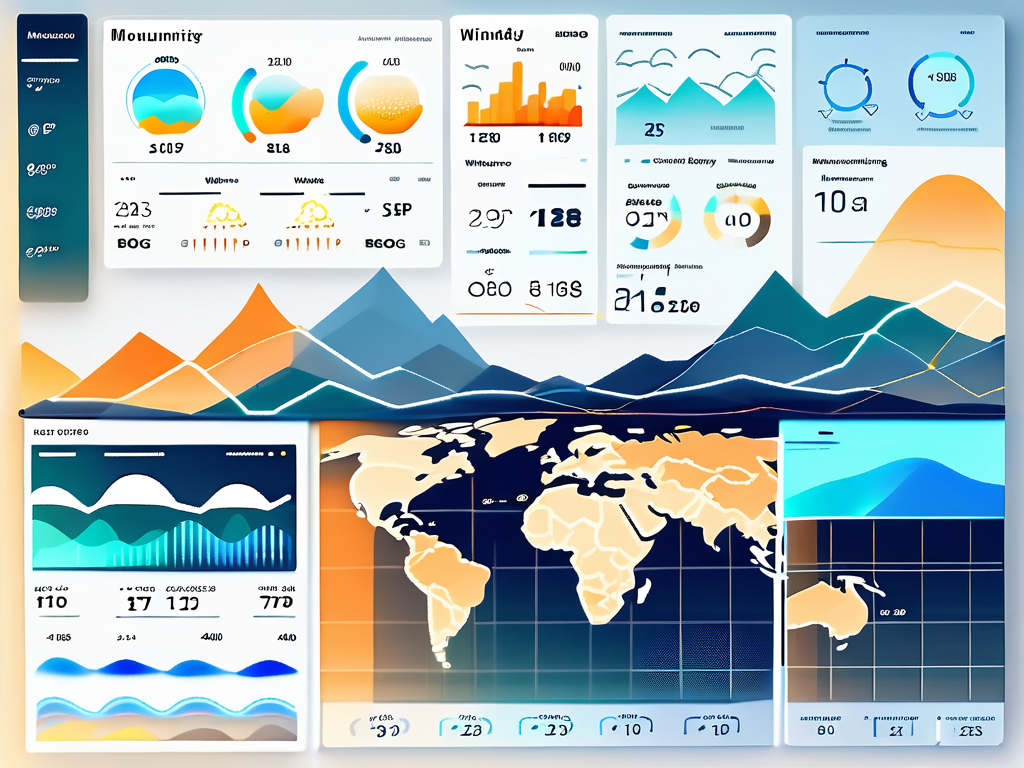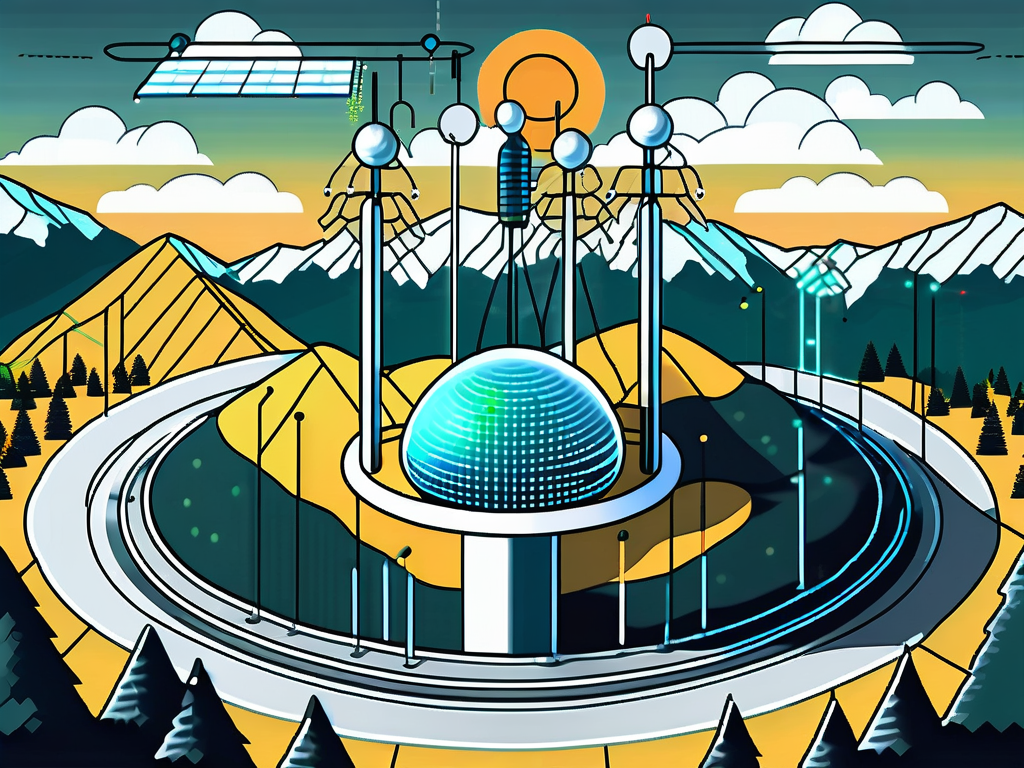
Harnessing Remote Monitoring to Enhance Weather Conditions
In the era of technological advancements, the optimization of weather conditions has become a reality. Remote monitoring, a powerful tool in our arsenal, allows us to predict, analyze, and respond to weather changes with unprecedented accuracy. This technology has revolutionized industries like agriculture, renewable energy, and disaster management, providing them with valuable insights and data to make informed decisions.
The Power of Remote Monitoring
Remote monitoring is a technology that uses sensors and communication devices to collect and transmit data from distant locations. This technology has been instrumental in weather optimization as it provides real-time data on various weather parameters such as temperature, humidity, wind speed, and precipitation. These data points are crucial in predicting weather patterns and making necessary adjustments to optimize conditions.
Moreover, remote monitoring systems are equipped with advanced features such as data logging and alarm notifications. These features allow for continuous monitoring and instant alerts in case of any significant changes in weather conditions. This level of vigilance ensures that necessary actions can be taken promptly, minimizing potential risks and damages.
Applications of Remote Monitoring in Weather Optimization
Agriculture
In the field of agriculture, remote monitoring plays a pivotal role. Farmers use this technology to monitor weather conditions and optimize their farming practices accordingly. For instance, by monitoring the temperature and humidity levels, farmers can determine the optimal time to irrigate their crops. This not only improves crop yield but also conserves water resources.

Furthermore, remote monitoring can help farmers predict pest infestations. Certain pests thrive in specific weather conditions, and by monitoring these conditions, farmers can take preventive measures to control pest populations. This leads to healthier crops and higher yields, benefiting both the farmers and the consumers.
Renewable Energy
Renewable energy industries, particularly wind and solar, heavily rely on weather conditions. Remote monitoring provides these industries with accurate weather data, which is crucial in optimizing energy production. For instance, by monitoring wind speed and direction, wind farms can adjust the orientation of their turbines to maximize energy production.
Similarly, solar energy companies use remote monitoring to track sunlight intensity and duration. This information is used to optimize the positioning and angle of solar panels, ensuring maximum energy absorption and production. Hence, remote monitoring plays a significant role in enhancing the efficiency and productivity of renewable energy industries.
Disaster Management
Disaster management is another field where remote monitoring is making a significant impact. By monitoring weather conditions, disaster management teams can predict potential natural disasters such as hurricanes, floods, and wildfires. This enables them to take preventive measures and prepare for disasters, reducing the potential damage and loss of life.
Moreover, remote monitoring systems can provide real-time data during disasters, aiding rescue and relief operations. For instance, during a flood, these systems can provide information on water levels and flow rates, helping rescue teams navigate safely and efficiently. Thus, remote monitoring not only helps in disaster prediction but also in disaster response and recovery.
Future of Weather Optimization with Remote Monitoring
The future of weather optimization with remote monitoring looks promising. With advancements in technology, we can expect more accurate and comprehensive weather data, leading to better optimization strategies. Furthermore, the integration of artificial intelligence and machine learning with remote monitoring can lead to predictive analytics, enabling us to anticipate weather changes before they occur.

Moreover, as the technology becomes more accessible and affordable, it will likely be adopted by more industries and sectors. This widespread adoption will lead to a more data-driven approach to weather optimization, resulting in more efficient operations and resource management.
In conclusion, remote monitoring is a powerful tool for weather optimization. Its ability to provide real-time, accurate weather data has revolutionized various industries and has the potential to make a significant impact in the future. As we continue to harness this technology, we can look forward to a future where we can not only predict but also optimize weather conditions to our advantage.
